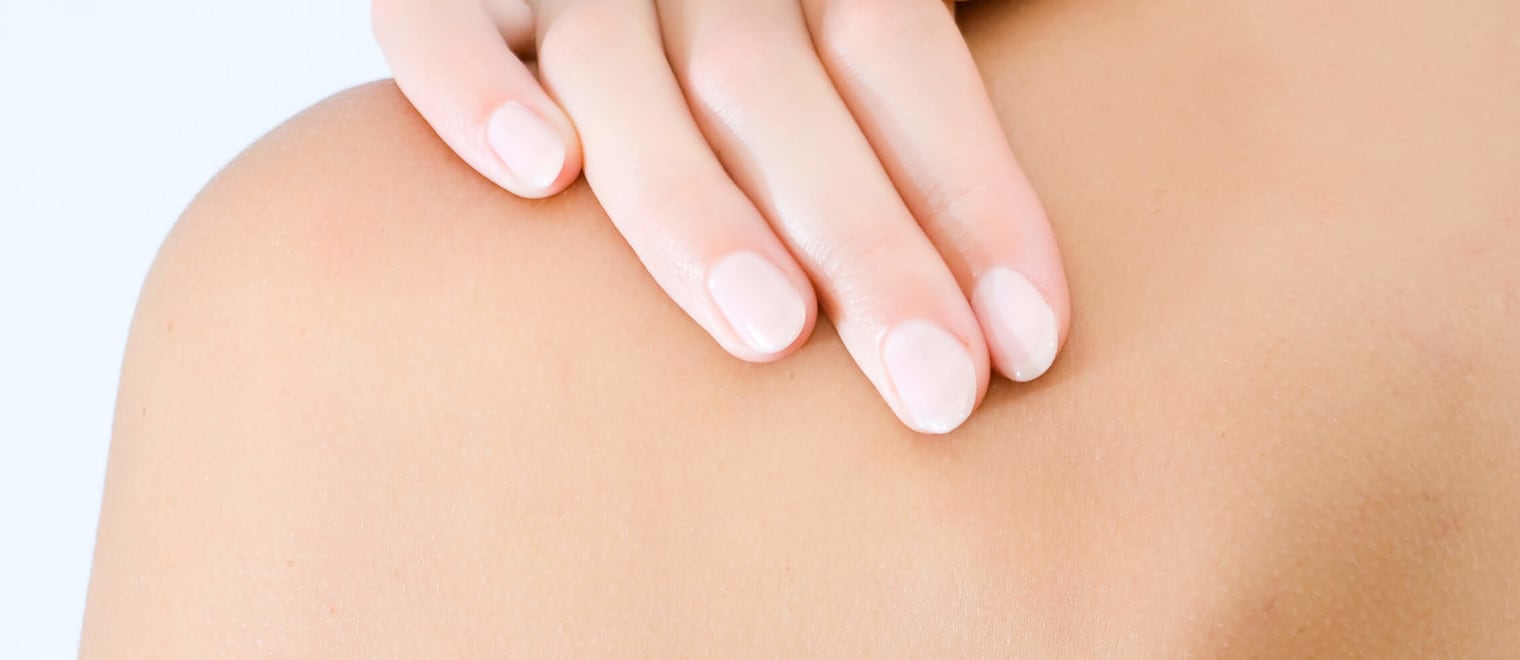This informal CPD article ‘Staphylococcal Scalded Skin Syndrome (SSSS)’ was provided by Nwaobia Hope Olileanya from The Edge Medical Writing, an organisation that provides high quality medical writing support, tailored to meet the needs of medical education, product development, and the dissemination of medical information.
Among the bacterial toxin-mediated diseases that affect the skin epidermis, Staphylococcal Scalded Skin Syndrome (SSSS), also known as Ritter Von Ritterschein disease (in newborns), is the more severe skin infection.1
The infection causes peeling of the skin over large parts of the body. It looks like the skin has been scalded or burned by hot liquid. It is a potentially fatal toxin-mediated disease that occurs mainly in infants.2 That it occurs primarily in infants does not mean it cannot affect adults. As a healthcare provider, you should know that the symptoms you see in infants will likely be seen in adults.
Understanding Staphylococcal Scalded Skin Syndrome (SSSS)
Some diseases caused by microorganisms are elicited when the microorganism dies and breaks down the peptidoglycan layer. The layer releases its poison called the endotoxin, while some microorganisms have external toxins that they release in attachment to a cell and are called exotoxins.3 The strain of S. aureus, which causes the Staphylococcal Scalded Skin disease produces a poisonous substance in the body when it dies; these toxins are antigens that elicit a reaction in the body by activating the production of antibodies.3
The effect of the antigen-antibody reaction from the strain of Staphylococcus aureus, which causes Staphylococcal Scalded Skin disease, leads to the scalding of the skin epidermis, which looks like a body poured with hot water. The scalding of the skin is more like an allergic reaction from the antigen-antibody reaction of S. aureus.3
Staphylococcal Scalded Skin Syndrome (SSSS) has similar pathophysiology to an autoimmune skin disease, Pemphigus Vulgaris.4 The blisters in Pemphigus vulgaris are superficial and do not remain intact for long, unlike 'SSSS'.4
Any of these toxins: endotoxins or exotoxins, which cause peeling of the skin epidermis, are called exfoliatins.5 Toxins produced in the 'SSSS' destroy material that binds together the outer layers of the epidermis. There are two kinds of exfoliants: one is coded by a plasmid gene, and the other is chromosomal.6
Exfoliative exotoxins, released by S. aureus at the site of infection, are absorbed and carried by the bloodstream to large areas of the skin. In the skin, it causes a split in the cellular layer of the epidermis just below the dead keratinized outer layer.5 Staphylococcus aureus is usually not present in the blister fluid. Because the outer layers of skin are lost as in a severe burn, there is marked loss of body fluid and danger of secondary infection with Gram-negative bacteria such as Pseudomonas sp., or fungi. The damaged skin Layer can be invaded by other pathogenic organisms resulting in secondary infection.5













